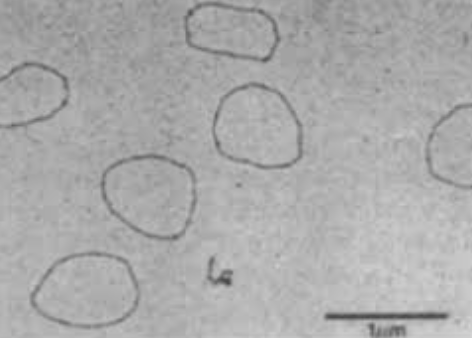CircARID1A regulates mouse skeletal muscle regeneration

HUABIO is proud to be referenced in the discovery of the newly identified circARID1A that acts as a molecular sponge of miR-6368 to inhibit C2C12 cell proliferation and promote muscle differentiation.
The noncoding RNAs play important role in the growth and development of mammalian skeletal muscle. A non-coding RNA (ncRNA) is a functional RNA molecule that is transcribed from DNA but not translated into proteins. Epigenetic related ncRNAs include miRNA, siRNA, piRNA, circRNA. In general, ncRNAs function to regulate gene expression at the transcriptional and post-transcriptional levels. Circular RNA (or circRNA) is a type of single-stranded RNA which, unlike linear RNA, forms a covalently closed continuous loop. circRNAs are abundant in skeletal muscle tissue, with significant changes in their expression patterns during muscle development and aging.
Liu, Jia, et al. identified a novel circRNA called circARID1A that is highly expressed in mice skeletal muscle compared to its linear transcript. Experiments have shown that circARID1A significantly inhibited the process of C2C12 cell proliferation and promoted its differentiation. Interactions between circRNA and miRNA were screened by miRNA gene chip sequencing. In this study, they characterized the expression and regulation of circARID1A in mouse myoblast cells (C2C12) and also explored the regulatory role of circARID1A in vivo by constructing a mouse model of skeletal muscle injury.
To further investigate the potential biological functions of circARID1A in myoblast cells, two siRNAs that target the junction sites of circARID1A to silence circARID1A expression in C2C12 cells were synthesized. The expression levels of myoblast proliferation markers (CDK1, Cyclin A2, and PCNA) were determined by qRT-PCR and Western blotting. HUABIO’s Cyclin A2 and CDK1 were used in western blot analysis. It was observed that silencing of circARID1A significantly promoted the proliferation of C2C12 cells
View our Recombinant CDK1 Monoclonal Antibody
View our Cyclin A2 Mouse Monoclonal Antibody
References: